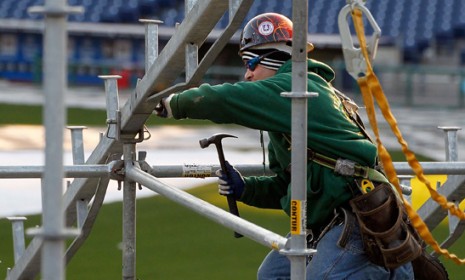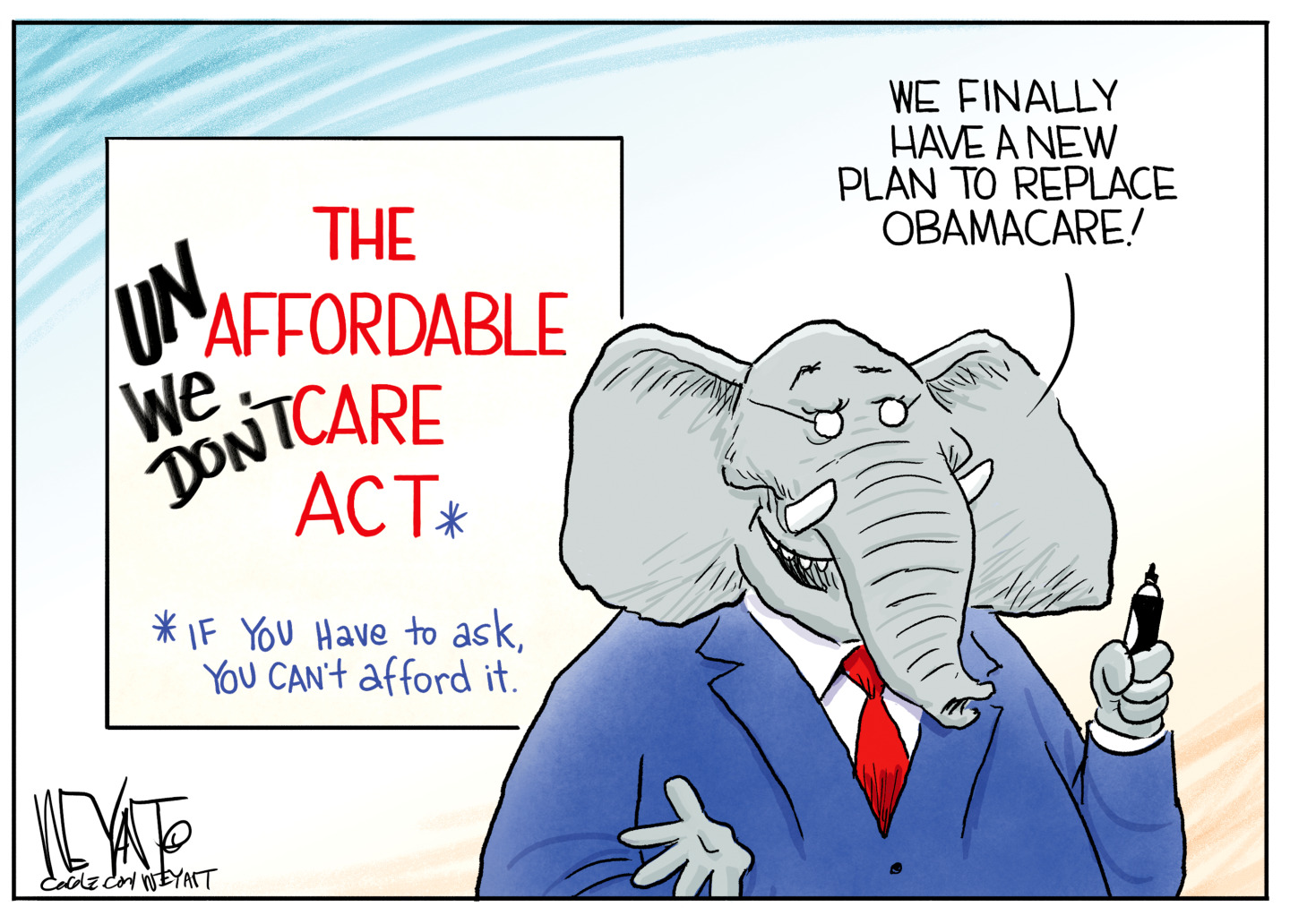The 'heartening' December jobs report: 5 takeaways
The feds announce that 200,000 jobs were added to the economy last month, surpassing forecasts and adding momentum to the economic recovery

Last year went out with a bang. According to the U.S. Labor Department's monthly jobs report, 200,000 new jobs were added to the economy in December, exceeding expectations and suggesting for all but skeptical spoilsports that the economy is indeed recovering. Here, five takeaways from December's "heartening" report:
1. It's good news for Obama
The unemployment rate unexpectedly fell from 8.6 to 8.5 percent, says Jason Lange at Reuters. That proves that "job creation is shifting into higher gear, and may give President Barack Obama the boost he hoped for ahead of his re-election bid this year." Indeed, says Aaron Blake at The Washington Post. "This is the best jobs report Obama has seen in a long time, and the unemployment rate is now lower than it has been since early 2009, shortly after he took over the White House." If that number dips near "where it was when he took over (7.8 percent) or lower, that would be extremely helpful to his re-election bid."
The Week
Escape your echo chamber. Get the facts behind the news, plus analysis from multiple perspectives.

Sign up for The Week's Free Newsletters
From our morning news briefing to a weekly Good News Newsletter, get the best of The Week delivered directly to your inbox.
From our morning news briefing to a weekly Good News Newsletter, get the best of The Week delivered directly to your inbox.
2. But maybe not good enough
"Here's the problem," says Derek Thompson at The Atlantic. One of the big reasons the unemployment rate fell is because millions of people have given up on finding a job and have completely dropped out of the workforce. "If the size of the workforce were the same as when Obama took office, the unemployment rate would be 10.9 percent." Ouch.
3. Regardless, the economy is improving
The U.S. added 1.64 million jobs to the economy in 2011, says Thompson. That's the most in five years. And December marked the sixth month in a row in which at least 100,000 jobs were added, says Aliyah Shahid at the New York Daily News. The last time we had such a strong, sustained period of growth was in early 2006, "more than a year and a half before the country was catapulted into the Great Recession."
A free daily email with the biggest news stories of the day – and the best features from TheWeek.com
4. Even the construction industry added jobs
The December "gains were distributed broadly across the economy, from manufacturing to transportation and even construction," says Lange. And for the first time since 2006, the construction industry added jobs (17,000 of them). Manufacturing also added more workers to payrolls than expected — 23,000 in total — showing that " U.S. manufacturers continue to buck a global economic slowdown."
5. And wages are up
"Workers are also making strides in pay," says John Dobosz at Forbes. The average hourly wage rose 0.2 percent in December, bringing it to $23.24. Over the past year, average hourly earnings are up 2.1 percent. It all adds up, says Shaila Dewan at The New York Times, "to a flurry of heartening economic news in December.
-
 ‘It’s another clarifying moment in our age of moral collapse’
‘It’s another clarifying moment in our age of moral collapse’Instant Opinion Opinion, comment and editorials of the day
-
 Trump vows naval blockade of most Venezuelan oil
Trump vows naval blockade of most Venezuelan oilSpeed Read The announcement further escalates pressure on President Nicolás Maduro
-
 Political cartoons for December 17
Political cartoons for December 17Cartoons Wednesday's political cartoons include healthcare costs, the affordability hoax, giving up pencils, and more